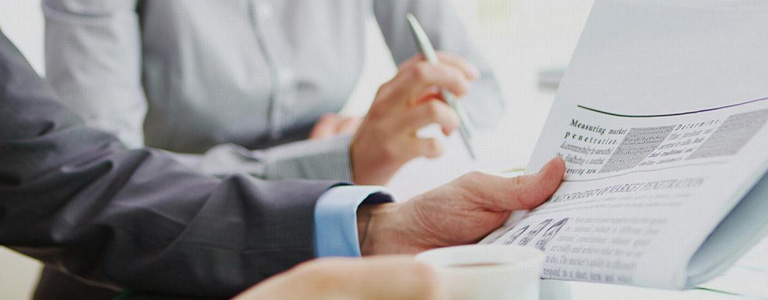

Conveyor belt deviation is a failure that is often encountered during the use of conveyors, and it is also a headache for customers. How to prevent and eliminate the failure of the conveyor belt deviation? We must first investigate the cause, and then "prescribe the right medicine" one by one. 1. Preventive measures for conveyor belt deviation (1) Improve installation quality (2) Improve conveyor belt joint quality; (3) Strengthen patrol inspection and maintenance (4) Ensure that the loading is not biased; (5) Ensure that the cleaning device is normal. 2. On-site treatment methods for conveyor belt deviation (1) Automatic drag roller deviation adjustment: When the deviation range of the conveyor belt is not large, self-aligning drag rollers can be installed at the deviation of the conveyor belt. (2) Appropriate tightening and deviation adjustment: When the conveyor belt deviates from left to right, and the direction is not fixed, it means that the conveyor belt is too loose, and the tensioning device can be properly adjusted to eliminate the deviation. (3) One-side vertical roller deviation adjustment: the conveyor belt always deviates to one side, and several vertical rollers can be installed within the range to reset the belt. (4) Adjust the deviation of the roller: the conveyor belt deviates at the roller, check whether the roller is abnormal or shifting, adjust the roller to the horizontal position to rotate normally, and eliminate the deviation. (5) Correct the deviation of the conveyor belt joint; the deviation of the conveyor belt Always in one direction, and the large deviation is at the joint, the joint of the conveyor belt can be corrected to be perpendicular to the center line of the conveyor belt to eliminate the deviation. There are several sets of high drag rollers on the side pads to eliminate deviation. (7) Adjust the deviation of the drag roller: the deviation direction of the conveyor belt is certain. If the center line of the drag roller is not perpendicular to the center line of the conveyor belt, the drag roller can be adjusted to eliminate the deviation. (8) Elimination of appendages adjustment: The deviation point of the conveyor belt remains unchanged. If attachments are found on the drag rollers and rollers, they must be removed and eliminated. (9) Correction of feeding deviation: the belt is not biased under light load, and it is deviation under heavy load. The weight and position of feeding material can be adjusted to eliminate deviation. (10) Adjusting the deviation of the support bracket: the deviation direction and position of the conveyor belt are fixed, and the level and verticality of the support can be adjusted if the deviation is serious, so as to eliminate the deviation.